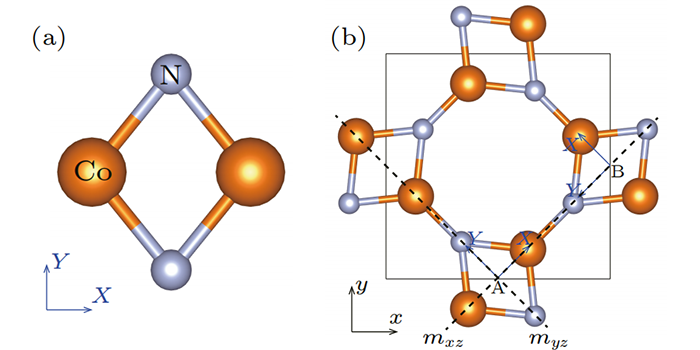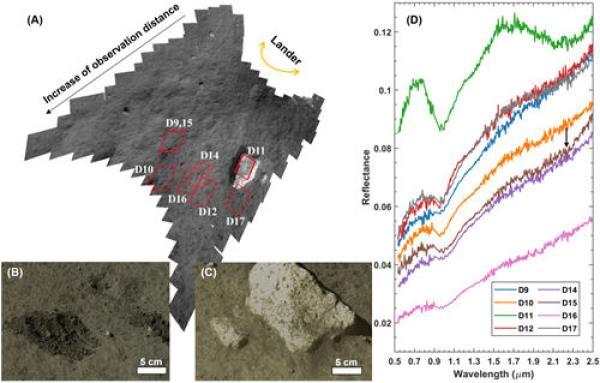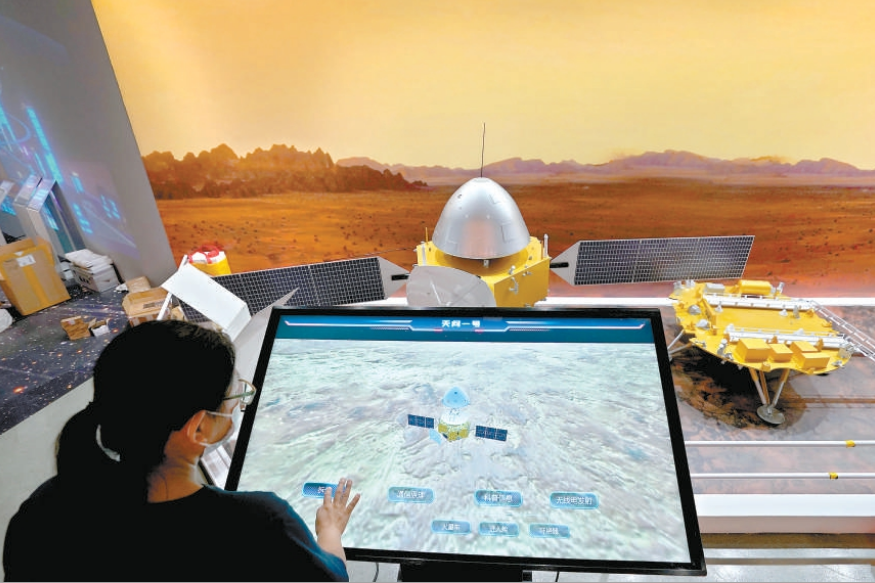Progress | Nitride di agglomeration cobalt: a class of potential new high -temperature superconducting materials
Author:Institute of Physics of the Ch Time:2022.09.21
Due to the complicated relationship between electronics, the physics community lacks a general understanding of universal recognition of unconventional high -temperature superconducting mechanisms. The lack of this mechanism research has made the discovery and prediction of new high -temperature superconducting materials a very challenging scientific issue. In recent years, the team led by Researcher Hu Jiangping, a researcher at the State Research Laboratory of Materials Computing Laboratory of the National Research Center of the Institute of Physics of the Chinese Academy of Sciences/Beijing's coexistence of copper oxide superconducting and iron -based superconducting in electronic structure by summarizing The concept of "high temperature superconducting gene": Materials that meet the "gene" of specific electronic structures can become high -temperature superconducting. Based on this concept, Hu Jiangping's research team predicted the ynio3 (Physical Review x 5, 041012 (2015)), LA2NI2O3SE2 (Science Bulletin 63,957–963 (2018)), Cuinco2te4 (Science Bulletin 63,1338–1344) and other. Potential new high -temperature superconducting materials. Although a variety of materials are found to have superconducting genes, the synthesis of these materials is extremely challenging and it has not yet succeeded.

Figure: The structure of the CO2N2 unit and the two -dimensional structure formed by its combination
Recently, the Hujiang Ping's research group combined with the material database of the Hu Jiangping also proposed a potential type of new high -temperature superconducting material -nitride di -polycomotizing cobalt. The internal structure of nitrogen -nitride di agglomeration cobalt is shown in the figure, and the CO2N2 unit is connected to each other to form a square grid. Based on symmetrical analysis, they found that the electronic structure of the material meets the requirements of high temperature superconducting genes, and can be described with a simplified two -track effective model. Further calculation shows that there are strong anti -iron magnetic exchange effects between the neighboring CO2N2 units in the materials. Under the muddy of the cave, Feimi surface pairing features can produce a transition from iron -like to copper -like high -temperature superconductors. Therefore, the system provides a new platform for people to study the similarities and differences between the alien of copper oxide superconductors and iron -based superconductors. Combined with the vigorously developed material database, Atomly and Materials Project, the research team found that BACO2N2 is a compound composed of a two -dimensional CO2N2 layer. The calculation of these databases indicates that BACO2N2 is the most stable material in the combination of this series, providing possibilities for synthetic BACO2N2.
This study not only predicted a new type of high -temperature superconducting material through the theory of "High temperature superconducting gene" theory, but also promoted the concept of "high temperature superconducting gene" from the track of a single transition metal atom to the molecular track of the transition metal molecular group. Open the direction to explore new high -temperature superconductors. The research results were published in Chinese Physics Letters (Express Letter) (CPL, 39 097401 (2022)).
This study was funded by the Ministry of Science and Technology, the National Natural Science Foundation of China, and the leading project of the Chinese Academy of Sciences.
Article link
Edit: Cloud Kaiye
- END -
National Space Science Center of the Chinese Academy of Sciences: revealing Chang'e 5 landing point monthly soil mineral composition and space weathering

The reporter from the General Taiwan learned from the National Space Science Cente...
Beijing Science Carnival brings out the "Popular Popular Meal"

(Reporter Liu Suya) and Shenzhou 13 manned spacecraft returned to the cabin to com...